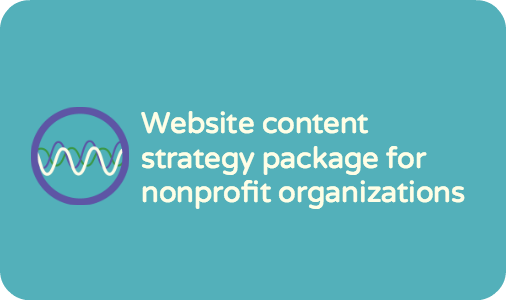The importance of focusing on a specific target audience goes without saying, but as I worked on a recent diabetes project, I was struck by the power of its example.
I am lucky to have two great diabetes clients: the Canadian Diabetes Association (CDA) and the Juvenile Diabetes Research Foundation (JDRF). Both do incredibly important work on behalf of people living with diabetes. What I noticed in doing a recent project for JDRF is how attractive their focused mission is: stakeholders want to get involved and once they do, they stay committed to the organization.
What I heard
My assignment involved speaking to many donors and volunteers who repeat time and again that they support JDRF because (in the words of supporters) they are focused on two things:
- type 1 diabetes, and;
- children.
If these two conditions are factors in your life, turning to JDRF is a no brainer. They are even conveyed in the organization’s name. Consider that the name also includes ‘Research’ (the most important work for many) and ‘Foundation’ (articulating that fundraising is how we get there). Powerful.
Because I’m very involved with both groups, I know that the CDA also does tremendous work for the same audience, including funding research into type 1, camps for children with diabetes, support for the healthcare professionals who care for the kids, and even clinical guidelines for their care.
Broader mission=complex communications challenge
But from a communications point of view, it’s more challenging for the CDA to drive this message home because they must also communicate with prevention, type 2 and gestational diabetes audiences, among others. The good work – and even the fit – is there, but it’s not as readily apparent.
For an organization as targeted as JDRF, every presentation by every volunteer, every event and each communication is delivered with a primary target audience in mind. It’s as though the audience segmentation and analysis work was basically done when the organization was formed back in 1970, requiring only tweaking along the way.
Working from a marketing orientation
I’m not suggesting this was a conscious marketing decision. To the best of my knowledge, JDRF was formed by the very people it serves: parents of children with type 1 who are passionate about a cure.
But if the organization had been established based on a marketing orientation, they couldn’t have done better. They don’t try to be all things to all people. They engage primarily with parents of children with type 1. By harnessing the passion of this group, they are extremely successful at fundraising, retaining loyalty, achieving their goals and communicating their accomplishments.
This struck me as such a powerful example of the value of segmentation that I wanted to share. Each JDRF supporter with whom I spoke clearly understands the organization, its mission, how they can make a difference as individuals and they are up to date on recent successes and accomplishments.
Learning from this example
So what do you do, if you’re working for a large, complex nonprofit? The same principles can be applied at a campaign/program level. To make meaningful connections with your audiences, segment, prioritize and tailor communications accordingly. Resources will dictate how much you can do, but at the very least, the argument against an audience of ‘general public’ is totally clear.
If you work for an organization with complex goals and multiple audiences, what’s your approach?


